Factoring Genetics Example – The Meulemans Pigeons
To set the stage for this example, the Meulemans pigeons are a combination of the Janssens and the Huyskens. And the Van Den Bosch pigeons are some of the original birds of the Huyskens van Riels.
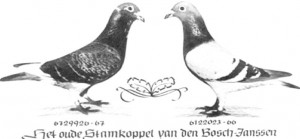 In the 1970s the renowned “Golden Couple” were paired in the loft of Karel Meulemans. A crossing of Janssen and Van Den Bosch, the Golden Couple produced exceptional children, and quite prolifically. These exceptional children were great breeders and prime examples of complete outcrossing producing excellent pigeons.
In the 1970s the renowned “Golden Couple” were paired in the loft of Karel Meulemans. A crossing of Janssen and Van Den Bosch, the Golden Couple produced exceptional children, and quite prolifically. These exceptional children were great breeders and prime examples of complete outcrossing producing excellent pigeons.
Children of the “Golden Couple” included the famous “Piet” which bred for the German millionare Hermes. There is also the famed “Kadet”, “Merck”, “Schone Donker”, “Junior” and so on, many champion birds. All were crosses, great breeders and often fantastic racers. Today, there remain quite a few supreme Meulemans in the U.S. producing superior birds.
Karel Muelemans bred the children of the “Golden Couple” back to the family. For example, Kadet was bred to another Janssen hen and some of the other siblings were bred back to children of the other birds. Basically, after the discovery of a super gene pool, the family was the combined with the same gene pool. Karel Meulemans mistakes may lie in the fact that he bred the birds too close for too many generations and sold too many from this family while lacking proof that these pairings were working.
However, a family still with quality, a Meulemans hen was imported from Wilhelm Wulfmeyer in 1994, and then sold in 1996. In 1997, that hen, crossed back to a Janssen, bred the second National AU Hall of Fame pigeon. The point is that the whole family started with a pairing of two totally unrelated pigeons but this outcrossing resulted in exceptional breeders. So, don’t necessarily hesitate in using an outcrossed pigeon as a breeder. Ultimately, it is the bird that it is paired to that is most important.
You may not want to do more than two crossings in the breeding of your own birds. When making a crossing, use the bird that is quite successful in racing, consistently winning. Look for a pigeon that is in the top 10% in competition in your own loft and in club, combine or concourse competitions. Even with an occasional fall into the top 20%, the bird would still be considered very good.
If you do have a racer this successful, and whether it is carrying a breeding coefficient or not, consider it a possible breeding quality bird. If this is an outcrossed bird and you are considering breeding from it, try to pair it with a bird that is related to it.
Success in the racing performances is the standard for selecting breeding stock. This can be true for pigeons that cost virtually nothing and with pigeons that cost thousands of dollars. The value of the birds you choose as breeders ultimately lies in how you pair them.

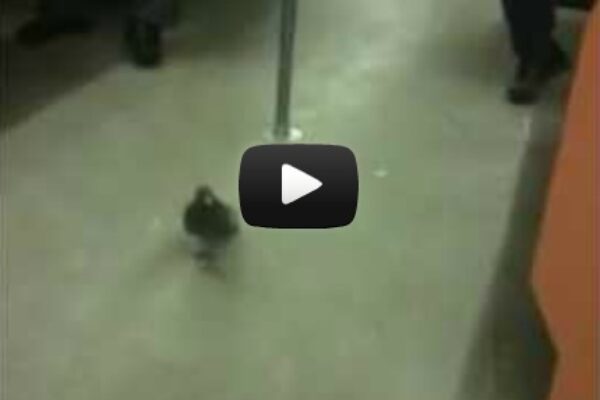
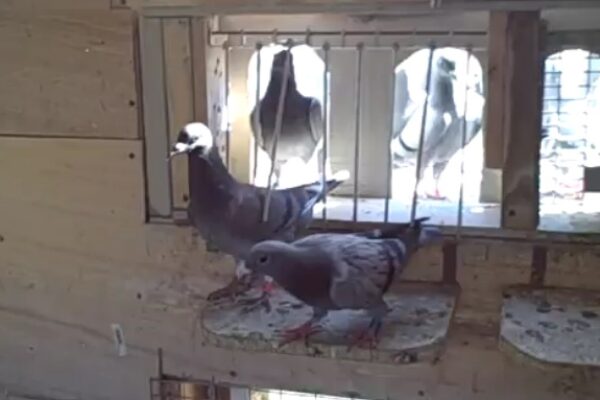
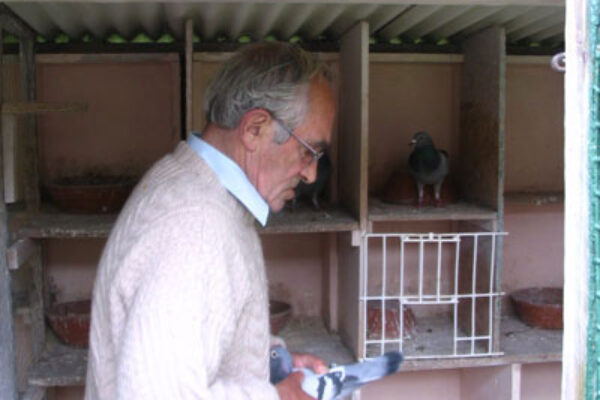
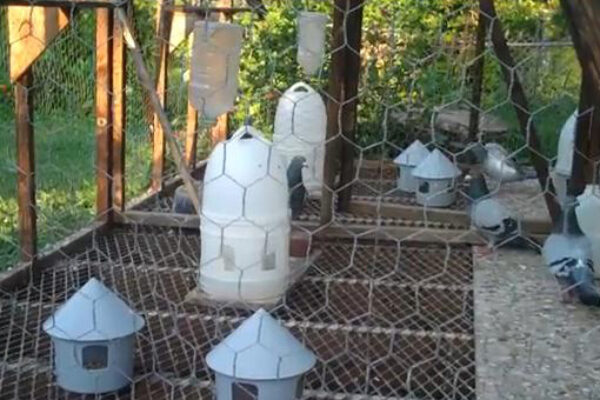
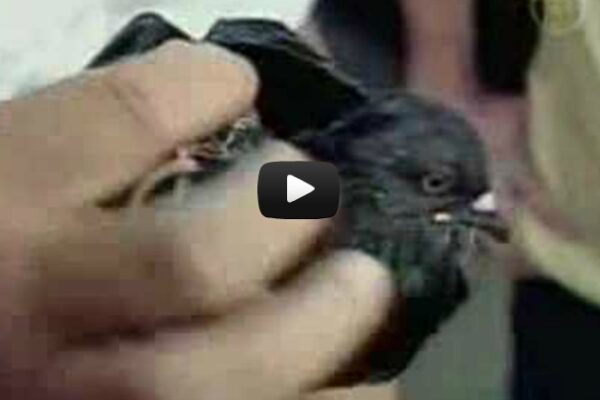
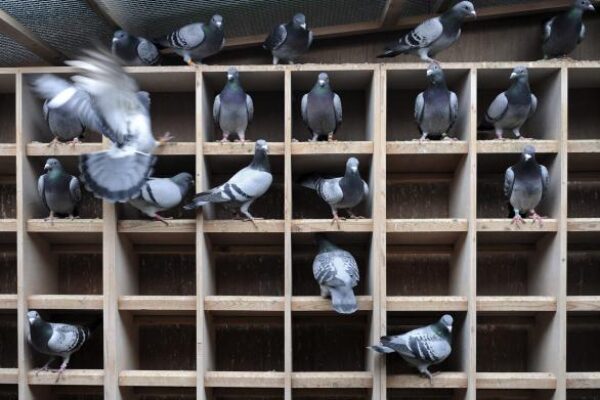


Hey Chris thanks for the information I really enjoyed it
As example stud cock A mared to a daughter producing a son B mate A to different daughter C both
daughters off unrelated dams, then mate B to C to produce D please give percentages to each A =? B=? C=? D = ?
How to calculate factoring acuratly
Your wrong, the Meulemans birds were not Huyskens and Janssen… they were janssen x Van den bosch. you need to get that straight first fella. so you lost my interest when you could not get that right from the get go… absolute rubbish talking about what you dont know.
Hi Chris i never knew the whole Meuleman story it was very interesting another way of breeding
but i enjoyed the story i like distance pigeons myself.How about a story on a famous distance
flyer Brad.